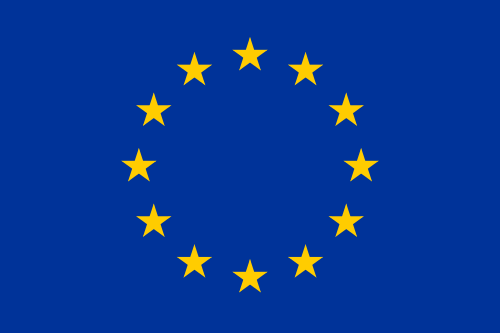Quick Hits
- EU member states have until June 7, 2026, to implement the EU pay transparency directive (Directive (EU) 2023/970) into their own national laws.
- Member states can implement compliance requirements above and beyond the directive’s minimum requirements.
- Penalties for noncompliance may include fines, compensation, including recovery of wage underpayments, payments in kind, and interest on any arrears of pay.
While the directive sets a baseline for EU member states, local legislation is likely to introduce additional obligations. It is evident from the draft proposals released so far that member states will prioritise different areas of the directive in their national implementation, and this presents a challenge for employers as compliance requirements will not be consistent across all member states.
The key elements of the directive include:
- Pay transparency throughout the employment process is essential. Job applicants must be informed about the initial pay range for a position before the job interview, or at the latest during the interview.
- Pay structures should be gender-neutral and based on objective, gender-neutral criteria. Job evaluation and classification systems must be accessible and nondiscriminatory.
- Employees have a legal right to request information (in writing) about their pay level and the average pay levels, broken down by gender, of other workers doing the same or work of equal value. Employers must respond to these requests within two months.
Mandatory Gender Pay Reporting Obligations
In the first reporting period (commencing 2027), all employers with 150 or more employees will be required to carry out gender pay gap reporting using pay data from 2026. The frequency of reporting will depend on an organisation’s employee headcount. However, all employers meeting the headcount thresholds must report detailed information on gender pay gaps, both at the organisational level and within specific categories of workers. Reports must include the following:
- mean and median pay gaps,
- mean and median gaps calculated from “complementary and variable” components of pay (e.g., bonuses and allowances);
- the proportion of men and women receiving complementary or variable components of pay; and
- the proportion of men and women within each quartile pay band.
If a pay gap of 5 percent or more is identified that cannot be justified by objective, gender-neutral criteria, the employer must take remedial action. If not resolved within six months, a joint pay assessment with employee representatives of the whole workforce is required. Reports must be submitted to the relevant national authority and made publicly available (e.g., on the company website or another accessible platform).
Employers must group employees into categories of workers performing the same work or work of equal value. Categories are defined using objective, gender-neutral criteria such as skills, effort, responsibility, and working conditions. The aim is to ensure comparability and to identify pay gaps not just across the whole workforce, but within comparable roles.
Some member states, such as Belgium, Finland, Ireland, Lithuania, Malta, Poland, Slovakia, and Sweden are moving faster toward implementation and leveraging existing equality laws; others are still early in the process or signalling delays in implementation, e.g., the Netherlands.
Employers are encouraged to stay informed about the implementation process in their respective jurisdictions. Information and updates on the progress of the directive’s implementation across the EU can be found using Ogletree Deakins’ Member State Implementation Tracker.
For more on the EU’s pay transparency directive, see our previous articles, “EU Pay Transparency Directive: Updates on Implementation Across Member States,” “Preparing for the EU’s Pay Transparency Directive,” “EU Pay Transparency Directive: ‘Equal Pay for Equal Work or Work of Equal Value,” “Implementing the EU Pay Transparency Directive in Malta—New Obligations Effective From 27 August 2025,” and “Netherlands Announces Delay in Implementation of the EU Pay Transparency Directive.”
Further information can also be found by listening to our podcast “Understanding the EU Pay Transparency Directive: What Employers Need to Know.”
Ogletree Deakins’ London office and Workforce Analytics and Compliance Practice Group will continue to monitor developments and will provide updates on the Cross-Border, Pay Equity, and Workforce Analytics and Compliance blogs as additional information becomes available.
Daniella McGuigan is a partner in the London office of Ogletree Deakins and co-chair of the firm’s Pay Equity Practice Group.
Lorraine Matthews, a practice assistant in the London office of Ogletree Deakins, contributed to this article.
Emilia Mobius, a paralegal in the London office of Ogletree Deakins, contributed to this article.
Follow and Subscribe
LinkedIn | Instagram | Webinars | Podcasts







